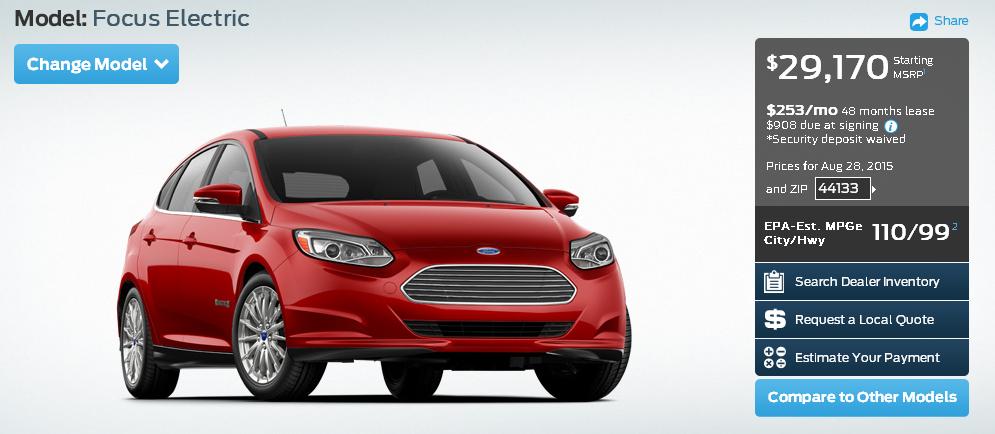
“We are gobbling up oil faster than we can pump it out,” intones the narrator in Oil Apocalypse. That would be more frightening if it were not for the current world oil glut.
Pull up YouTube.com, search on “peak oil documentary,” and you’ll find dozens of apocalyptic videos detailing an impending world crisis that is certain to befall us any day now. The crisis is the downside of peak oil. This is a period that defines when the world’s oil fields have provided the maximum monthly rate, leaving us an ever-decreasing flow rate.
First, there are lesson to be learned here in writing frightening headlines. Consider: Oil apocalypse, The End of Suburbia, The End of Fossil Fuels, and my favorite: There is no tomorrow. The narrations are no less frightening. Even in the more subtly titled Fuel, a serious commentator insists that hurricane Katrina was made by the oil industry.

There are dozens of end-of-days scenarios for when the oil runs out. This image is from the cartoonish Fuel.
If you were born yesterday, these videos might be scary. All of them preach two messages. One is of impending doom, the end of growth, then decay, decline, and anarchy. The second message is that we cannot learn, we are scientific and engineering idiots, and today’s state of technology is the best anyone can do. Look closer and you’ll see many of these videos are getting long in the tooth. For instance, the only way one commentator could envision charging an EV in 2007 is with power from a coal-fired plant. Another presents a dire future scenario…for 2012. These myopic documentaries share one other commonality: They are all wrong.
If you were not born yesterday, you’ll recall The Wealth of Nations or have read The Population Bomb (1968), excellent examples of end-of-days authorship. And if it sells books, why not? In both cases, authors Thomas Malthus and Paul Erlich, respectively, predicted exploding populations that would devour the earth’s resources and lead to mass starvation and chaos. You can forgive Malthus. He was living at the beginning of the scientific revolution. But Erlich could have easily checked the population trends of the day to see he was likely to be dead wrong. People still starve today but it is because of their government’s meddling and incompetence, not because of food shortages from overpopulation.

The prophets of doom did not see this coming. A Linde AG truck carrying hydrogen and a Daimler AG Mercedes-Benz fuel-cell vehicle stand at a fuel station in Berlin. Look at the Total sign behind the car. How many fuels can you count? For this story, go here: http://goo.gl/K14F0N Source: Linde AG via Bloomberg
Watch one of the shorter videos, Fuel, and you see a production that looks as though it is made by college animation and film majors. There are no interviews with experts, just statement after statement made to backdrop of cartoonish images. Several comments are quite preposterous. For instance, “Shale is a poor fuel,” and, “Cities are designed with residential and commercial areas far apart.”
For a slightly more honest and provocative film, watch Pump. The producers correctly make the observation that our choices for just about anything – clothes, food, entertainment, religions – are almost limitless. But when it comes to what we put into our cars, it is quite limited to gasoline or diesel. In the Midwest, most liquid fuel is E10, 90% gasoline and 10% ethanol. In a truly free market, say Pump producers, we might have access to E50, E85, Methanol, hydrogen, or natural gas. If you drive an electric car, you have opted for still another choice and don’t need a fuel station. The engineering to make use of these fuels is well understood. The high costs for the vehicles must now be addressed.

Here’s a small piece of the real future: The Ford Focus EV starts at $29,170. When recharged by wind generated power, what’s not to like?
Why does peak oil matter to a wind power advocate? Because most of us drive to work, and because, for the time being (and despite the documentaries’ message) the world is awash in oil. At this writing in August 2015, West Texas Intermediate, a type of crude, dipped below $40 per barrel for a few days. The most prophetic comment from a book on energy from at least 10 years ago was that the more energy we use, the more we find. That seems to be the case.
The fact is there is plentiful energy all around us in the sunshine and wind. We are witnessing the potential of wind power. In the U.S. 5.8% of its electricity will be produced by wind at year’s end. What’s more, the potential for solar has just been scratched. Check out HydroSolar for a glimpse into a hydrogen future. This sunlight-powered device separates hydrogen from oxygen using water of any condition.
Like everything else in life, the oil glut will not last forever, and oil prices will rise. Energy hungry consumer classes are emerging in China and India. They will want to enjoy the mobility provided by private vehicles. People in those countries deserve a comfortable middle-class life style. The present glut may make their wish more affordable.
When gasoline prices will rise back to $4/gallon or more is uncertain. My guess: Less than 10 years. But as the price of gasoline rises, we will continue to shift to electric, fuel cells, and natural-gas vehicles. And in five years, we will see more “fuel” stations with several more pumps and liquid products. The future of fuels is really quite bright.
— Paul Dvorak

